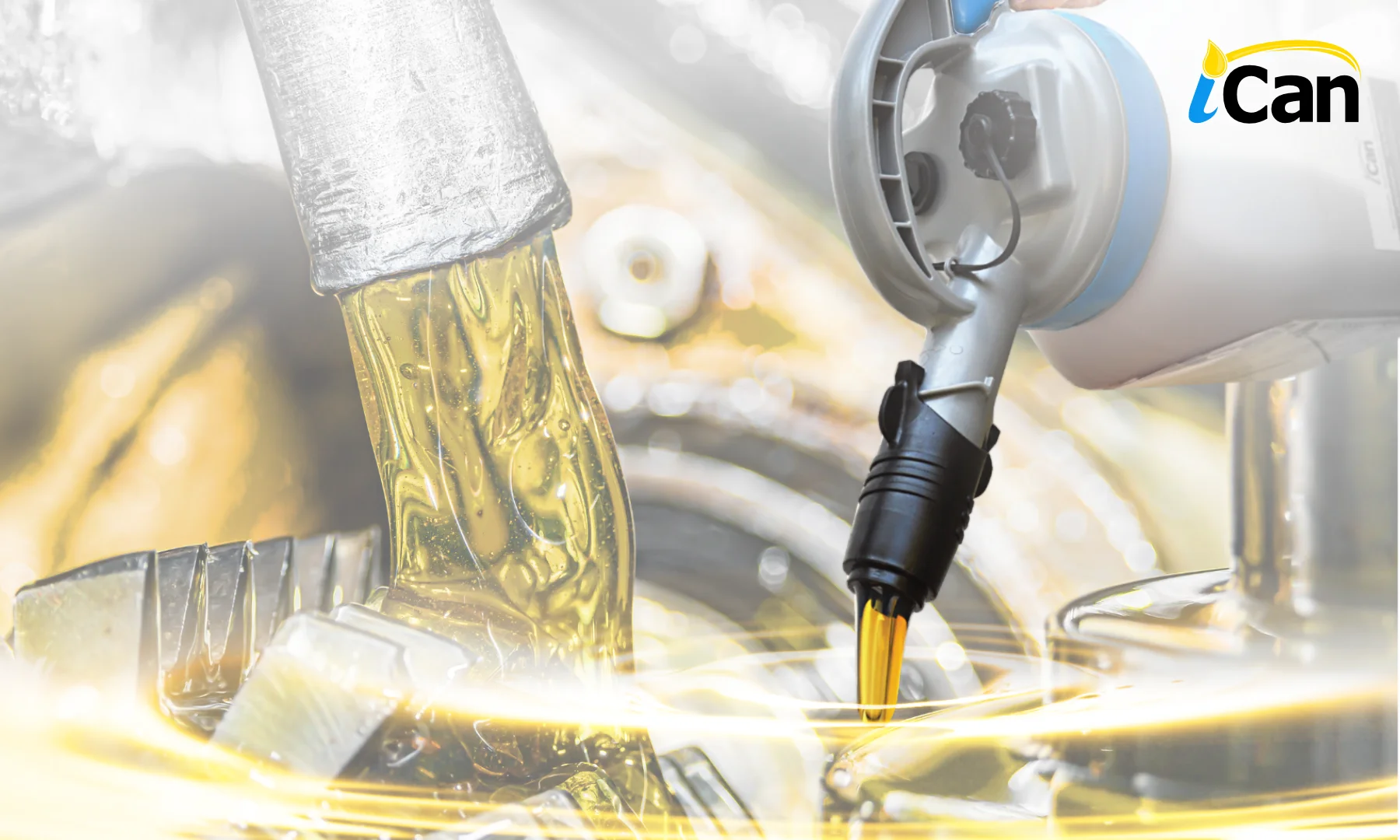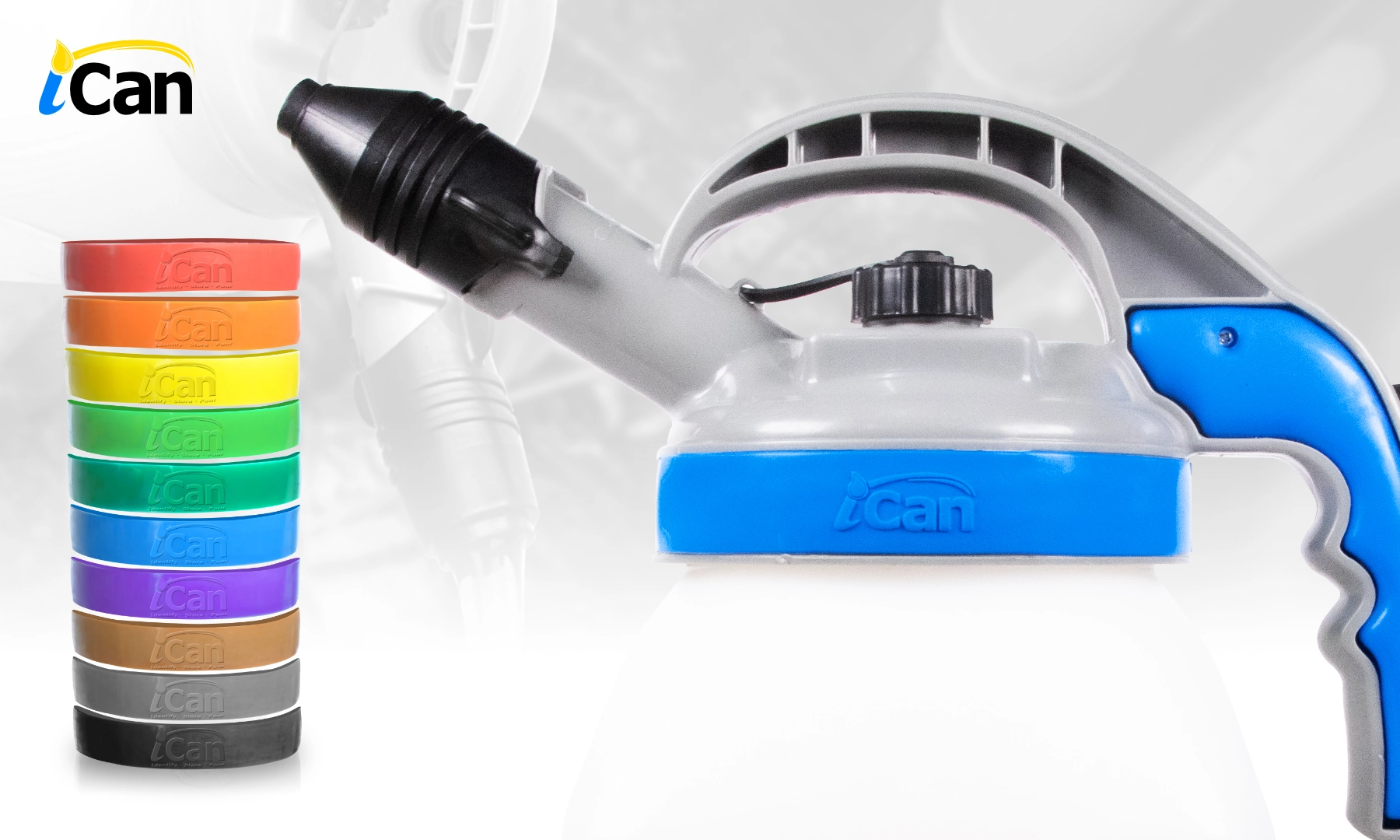Lubricating oil has long been the lifeblood of machinery in various industries—from automotive and manufacturing to household appliances. As technology evolves, lubricating oils have diversified to meet specific engine and operational needs. Think of an engine like the human body: without adequate fluids, every function is impaired. Lubricating oil acts as the “blood” that flows through, ensuring smooth movement of every component and preventing excessive friction.
Optimizing lubricating oil usage is not only crucial for protecting machinery from damage but also plays a significant role in enhancing operational efficiency. When used properly, lubricating oil can reduce energy consumption, extend engine life, and lower long-term maintenance costs. It’s no wonder that engineers and technicians emphasize regular maintenance and choosing the right oil for each machine.
Definition and Functions of Lubricating Oil
What is Lubricating Oil?
Lubricating oil is a specially formulated fluid designed to reduce friction between moving parts. Much like the oil used in motorcycles or cars, it creates a protective film between contacting surfaces, lowering friction and helping cool the engine during operation.
Primary Functions of Lubricating Oil in Machinery and Equipment:
- Cooling the Engine: Oil helps dissipate the heat generated by friction.
- Preventing Wear: By forming a protective layer, oil reduces direct metal-to-metal contact.
- Reducing Corrosion: Additives in the oil protect metal surfaces from oxidation and rust.
- Cleaning the Engine: Oil carries away dirt and tiny particles from contact areas, preventing harmful buildup.
Types of Lubricating Oil
Synthetic Oil
Synthetic oil is produced through chemical processes that yield a more uniform and stable molecular structure. Its advantages include high performance in extreme temperatures, superior oxidation resistance, and consistent lubrication. For engines operating under heavy or extreme conditions, synthetic oil is often the top choice.
Mineral Oil
Mineral oil is derived from petroleum. Although it is more affordable, mineral oil has limitations under extreme temperatures and tends to degrade faster than synthetic oil. Nonetheless, it remains a cost-effective option for engines under light to moderate loads.
Semi-Synthetic Oil
A blend of mineral and synthetic oils, semi-synthetic oil offers improved performance over mineral oil at a more accessible price than pure synthetic oil. It’s commonly recommended for everyday use, especially in engines that require a balance between cost and performance.
Maximizing the Benefits of Lubricating Oil
Reducing Friction:
Excessive friction between machine components can lead to rapid wear and early failure. Lubricating oil forms a thin protective film that minimizes direct contact between metals, allowing machinery to operate more smoothly and efficiently.
Enhancing Engine Efficiency:
Machines running with minimal friction operate more efficiently. Optimally used lubricating oil reduces wasted energy and ensures that engines consistently perform at their best—much like lubricated bicycle wheels spin effortlessly for a smoother ride.
Preventing Corrosion:
Lubricating oil not only lubricates but also protects metal surfaces from oxidation and corrosion. The additives help keep the engine clean and shield it from damage caused by moisture and humidity—vital for machines operating in damp environments.
Tips for Optimizing Lubricating Oil Usage
Regular Maintenance Schedule:
One key to maximizing lubricating oil efficiency is routine maintenance. Regular oil changes and periodic inspections help detect issues early and prevent more serious machine damage—much like regular car servicing keeps all parts functioning optimally.
Quality Checks:
Beyond scheduled oil changes, it’s important to monitor oil quality. Using oil that is contaminated or degraded can significantly reduce engine performance. Regular testing ensures the oil remains in optimal condition and free from dirt or water.
Avoiding Over Lubrication:
While lubricating oil is crucial, too much oil can cause problems. Over-lubrication may lead to residue buildup and even damage machine components. Always follow manufacturer recommendations regarding the proper oil quantity to ensure effective lubrication without excess.
Common Issues and Their Solutions
Over Lubrication:
Excess oil can lead to residue accumulation that hinders machine movement. Follow the manufacturer’s guidelines and conduct routine inspections to ensure the correct oil level.
Oil Contamination:
Contamination from dust, water, or other debris can degrade oil performance. Using high-quality oil filters and adhering to a regular replacement schedule, along with employing modern sensor technologies for real-time monitoring, can help detect and address contamination early.
Conclusion
Maximizing the use of lubricating oil is essential for maintaining machinery efficiency and longevity. By following a regular maintenance schedule, performing quality checks, and avoiding over-lubrication, you can significantly reduce wear and energy consumption while extending engine life and reducing long-term costs.




